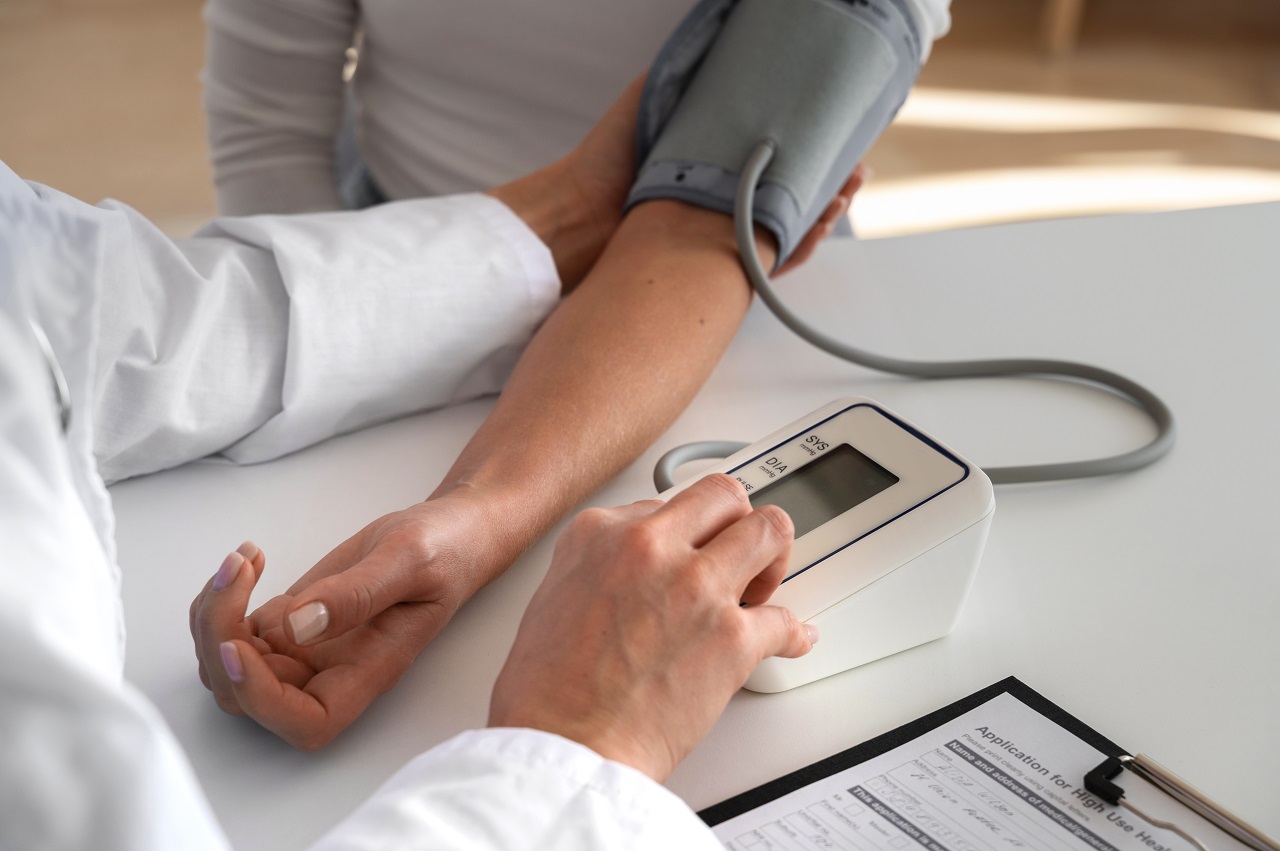
Lifestyle diseases are chronic health conditions that are caused by the way people live their lives. These illnesses develop over time and are largely caused due to leading an unhealthy lifestyle which consists of a poor diet, lack of exercise, etc. Diabetes, High Cholesterol , High Blood Pressure and Thyroid disorders are the four most common lifestyle problems among people in 2022 according to the IndiaFit Report 2022 – 2023.
The World Health Organization estimates that these lifestyle diseases are responsible for 80% of all deaths worldwide. They are the leading cause of death in the developed world, and the numbers are increasing. Poor lifestyle choices are the main reason for these lifestyle illnesses which in turn result in the majority of these deaths.
High Blood Pressure Is Still A Major Lifestyle Concern
The report indicates that high blood pressure is still a cause for concern as it is still the most common ailment, which affects 24% of those polled. This might be attributed to factors such as unhealthy diets, lack of physical activity and stress. Additionally, there is a lack of awareness regarding the risk factors associated with high blood pressure and the importance of regular monitoring.
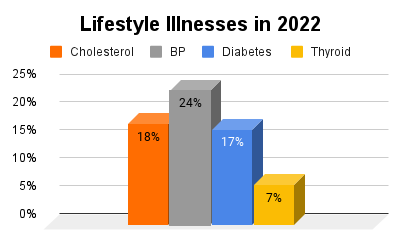
High Cholesterol is in second place affecting 18% of the population. This might be due to poor eating habits, lack of exercise, being overweight, smoking, consuming alcohol or family history.
Diabetes is the third most common disease, affecting 17% of the population. Diabetes can be caused by excess weight, inactivity, sedentary lifestyle, junk food consumption, lack of sleep or a family history of the disease. When compared to its rivals, Thyroid disorders have a lower proportion of 7%. Iodine deficiency or any autoimmune illness might cause this sickness.
Lifestyle Diseases On The Rise
The GOQii IndiaFit Report 2022 – 2023 indicates that Lifestyle Illnesses over the last 3 years are consistently on the rise. The percentage of people with high blood pressure has increased from 23% in 2020 to 24% in 2022. High Blood Pressure still tops the chart.
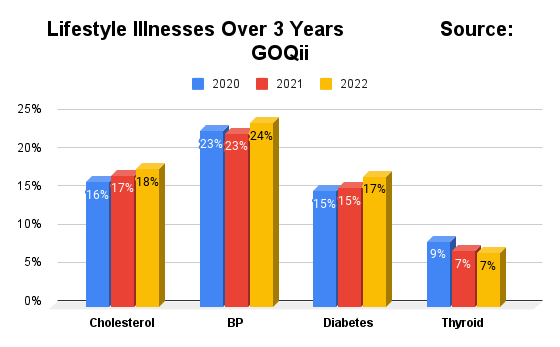
High Cholesterol is another silent killer which has seen an increase. People with high cholesterol have increased from 16% in 2020 to 18% in 2022. People with Diabetes have increased from 15% in 2020 to 17% in 2022. The report indicates that 7% of people are suffering from Thyroid-related issues, out of which women are more affected by it than men. This has not changed over the years.
To know more about how Lifestyle Diseases are impacting different age groups and cities within India, download the IndiaFit Report 2022 – 2023 for a detailed breakdown here.
#BeTheForce
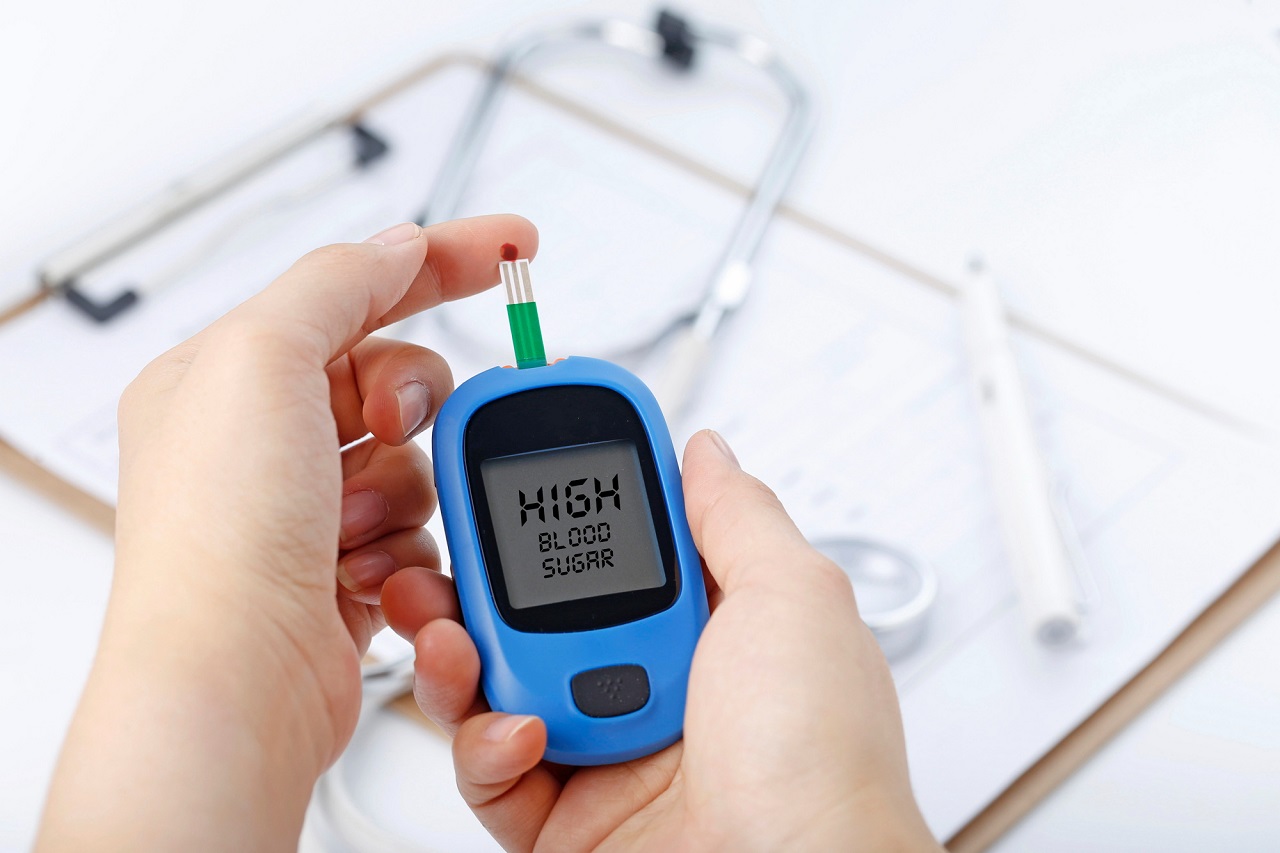 Diya was a young girl who seemed as active as can be. She trekked, hit the gym, albeit sporadically, had a healthy appetite and as she called it, ‘lived to eat’. At 30, there was a blood donation drive and check-up in the organisation she worked at and here, she was diagnosed with diabetes. There were no other alarm bells ringing; she thought she was healthy! The doctor prescribed medications. She carried on with her life till a shooting pain in the chest made her rethink her lifestyle.
Diya was a young girl who seemed as active as can be. She trekked, hit the gym, albeit sporadically, had a healthy appetite and as she called it, ‘lived to eat’. At 30, there was a blood donation drive and check-up in the organisation she worked at and here, she was diagnosed with diabetes. There were no other alarm bells ringing; she thought she was healthy! The doctor prescribed medications. She carried on with her life till a shooting pain in the chest made her rethink her lifestyle.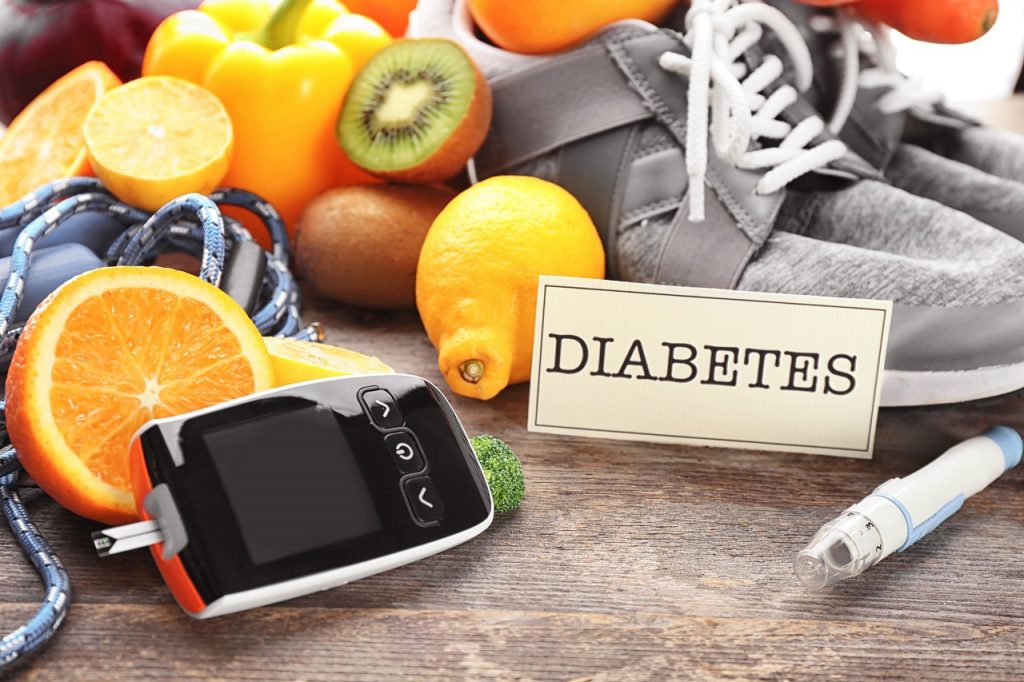
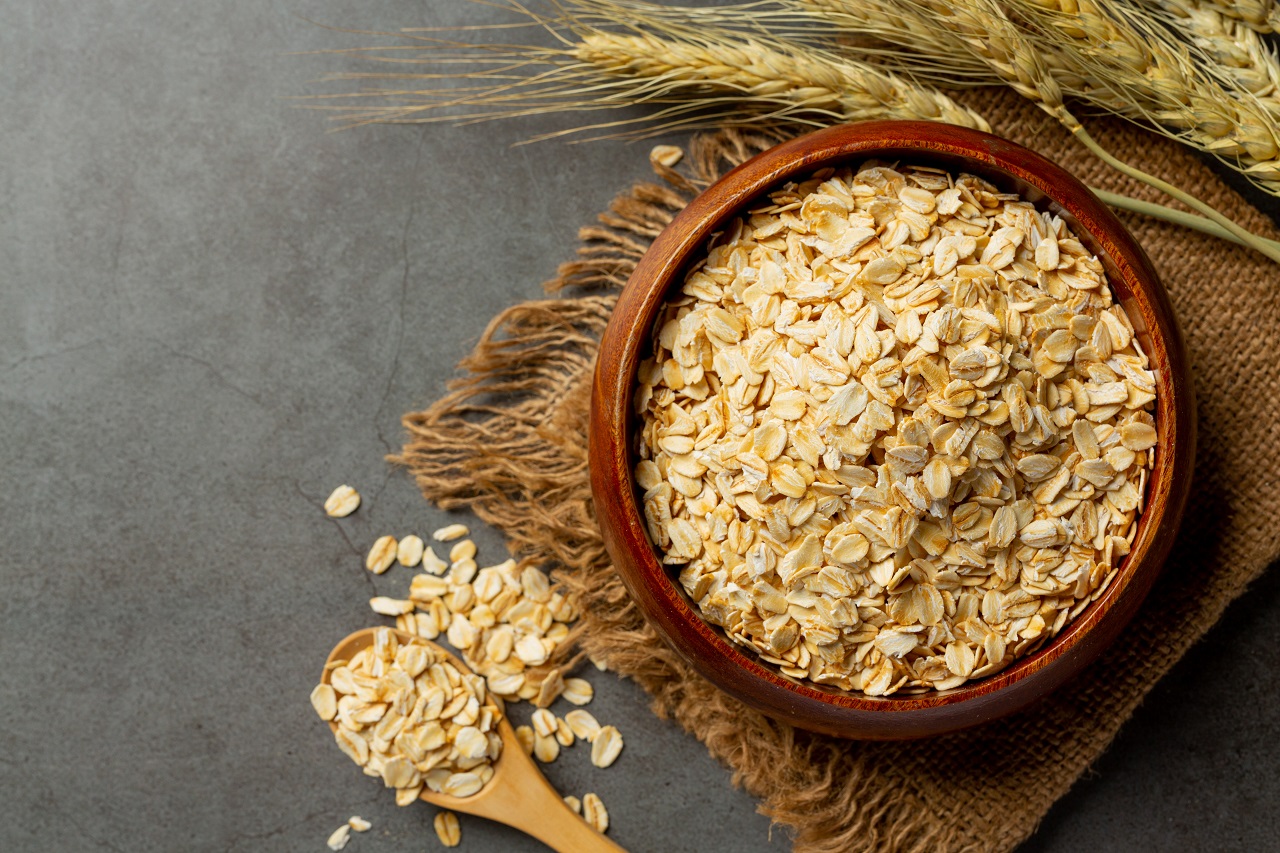 If you’re diagnosed with Diabetes, white rice and anything made with white flour such as bread or pasta and other refined grains are off the table. This leaves us with little options. Out of these limited options, Barley and Ragi can work wonders if you want to stop those surges in blood sugar. Here’s why we think Barley and Ragi are the best grains for diabetes.
If you’re diagnosed with Diabetes, white rice and anything made with white flour such as bread or pasta and other refined grains are off the table. This leaves us with little options. Out of these limited options, Barley and Ragi can work wonders if you want to stop those surges in blood sugar. Here’s why we think Barley and Ragi are the best grains for diabetes.


